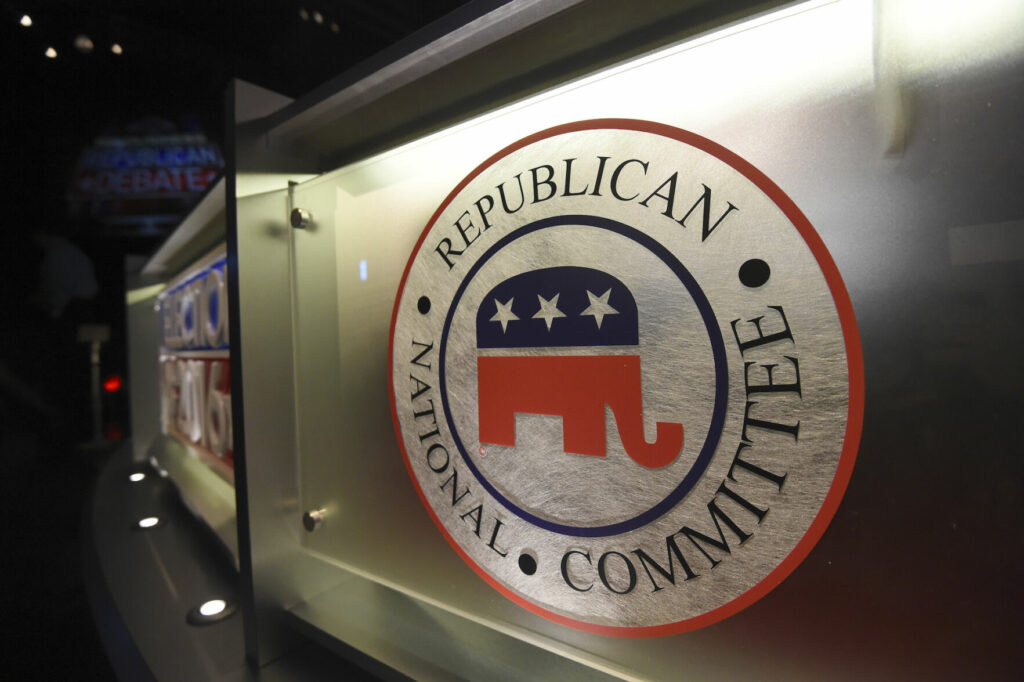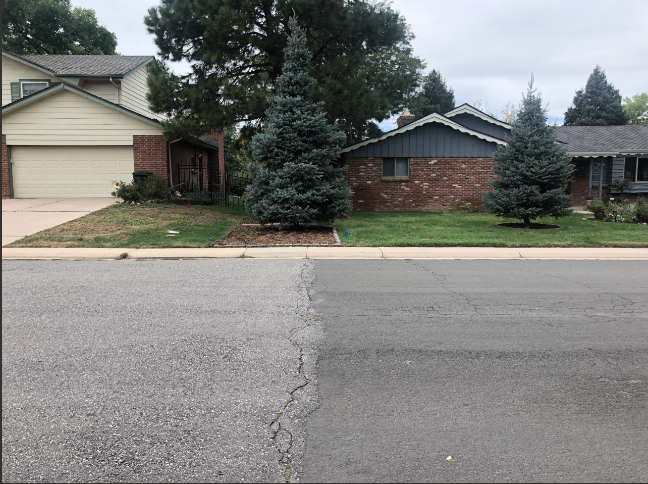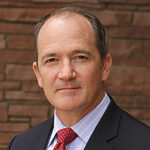FEEDBACK: Requiem for a lobbyist; water, and more
Wally Stealey’s last roll call
Thank you for your coverage on the passing of Wally Stealey. I’m one of the last, standing partners who worked closely with Wally in his practice. As you report, Wally is famous for his efforts to launch many a politician, and even played a pivotal role in the career of Ted Trimpa. Not just a king maker, Wally shaped Colorado’s legal fabric – perhaps more than any elected official. Here’s a short list of some of his work:
In retrospect, one way or the other, we’ve all been “students” of Wally Stealey.
Mark Gibson Denver
Water: Conservation alone won’t cut it
Every candidate running for governor on either side of the political spectrum talks about actively working to grow the economy in rural Colorado.
I appreciate that and the attention to our future.
However, unless you’re willing to actively support the Northern Integrated Supply Project and about six more just as big, your words ring hollow.
Colorado expects to add another 2.4 million people to our state by 2050. We are adding nearly 100,000 a year. I’m all for water conservation, but you can’t conserve your way to enough water for a state population of 8 million.
If we don’t build more water storage soon, all the farms in eastern Colorado will be dried up and the rural economy with them.
Greg BrophyFormer state senator from Wray, CO
68.7 million missed opportunities
The Volkswagen Environmental Mitigation Trust settlement offers Colorado a golden opportunity to deliver significant nitrogen oxide (NOx) emission reductions. But the Department of Public Health Environment’s plan ignores the greatest good this $68.7 million cash infusion could accomplish.
By excluding diesel technology and minimizing funding for equipment and locomotives, Colorado’s VW Settlement plan means Coloradans won’t get the most clean air for their dollar, and won’t get it very fast either.
A myopic focus on electrification asks Coloradans to place a bet on clean air benefits at some future point based on the promise of technologies not widely available or not available at all. The result: communities forced to endure higher NOx emissions and ozone levels, waiting another five, 10, 15 years or more for cleaner air.
Which contributes more to air quality: one passenger car at 15,000 miles/year or a delivery truck traveling 60,000+ miles/year? Large-engine sources account for 32% of Colorado’s NOx emissions. Plus, the U.S. EPA says one ton of NOx may be eliminated by investing, on average, $20,000 in clean diesel technology versus $1,000,000 in alternative fuel infrastructure.
Colorado should take the funds and invest in the cost-effective solution that immediately reduces NOx emissions: clean diesel.
Allen SchaefferDiesel Technology Forum, Washington, DC
Send us your feedback: opinion@ColoradoPolitics.com












